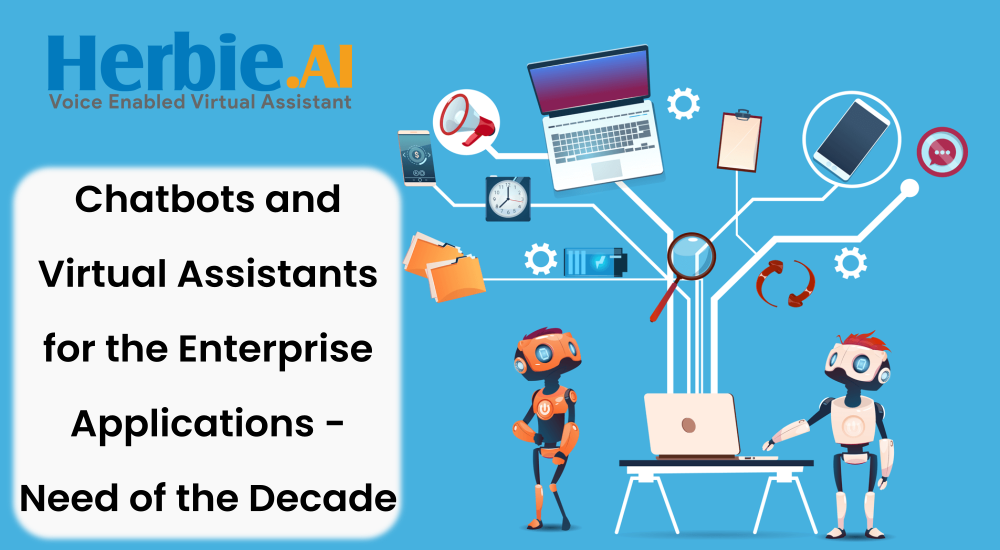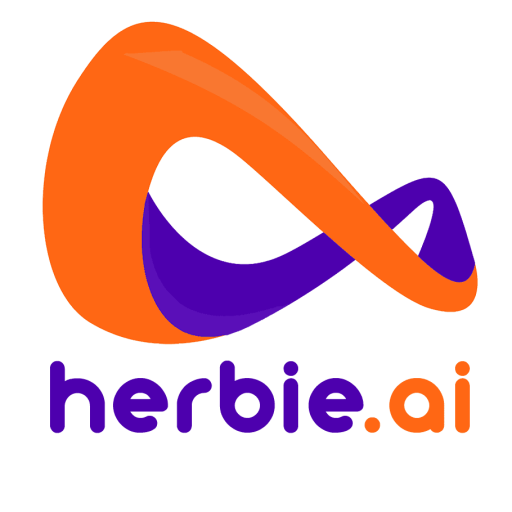
Table of Contents
1. Introduction
2. Virtual Assistants Framework
3. Virtual assistants for the enterprise Products
3.1 Learning Capabilities
3.2 Factors Constituting to Application of Virtual Assistants
3.3 Sectors Likely to Adopt Virtual Assistants
4. Chatbots for Enterprise Products
5. Use Cases in Enterprise
Chatbots and Virtual Assistants for the Enterprise – Introduction
If you have got recently contacted a customer support centre, chances are high that your query was answered by an AI assistant or agent. The employment of Chatbots and Virtual Assistants for the enterprise could be a growing trend, and one that Gartner predicted will reach 25% in 2021, despite only being 2% at the time of the prediction in 2019. ResearchAndMarkets.com expected this market to achieve $25.63 billion by 2025.
The COVID-19 pandemic failed to slow this trend, either. On the other hand, it has accelerated the adoption of virtual assistants for enterprise applications. But what exactly are virtual assistants, how do they differ from chatbots and why are they increasingly being employed within the enterprise?
Virtual Assistants Framework
One of the foremost essential parts of any Virtual Assistant is that the conversation engine or a chatbot. A chatbot is a man-made intelligence engine. It follows a selected flow of conversation with the person interacting. It then processes and responds back in human understandable language.
Most well-designed conversation engines work on an Intent and Entity framework. These are logically designed frameworks since every human-to-human interaction contains a specific intent. The item of interest is that the main entity. Because the other human understands the intent they respond in a similar way.
Any intelligent chatbot interacting with human, attempts to deduce the intent and also the entity of that interaction and respond accordingly. There are several chatbot platforms that showcase these conversation engines.
These represent coding platforms and non-coding platforms. Top commercial coding platforms include Api.ai (now Dialogflow), IBM Watson and Microsoft Bot Framework. Top open source platforms include Converse AI, Wit.ai, and Rasa.
Widely used non-coding platforms include Botsify, Flow, and ChatFuel. KITT.ai deserves special mention. There’s no charge to use KITT, for now. Yet, being a brand new entrant during this space, it has limited evaluations.
Virtual assistants for the enterprise Products
Virtual assistants are AI-powered conversational agents, mostly deployed in environments requiring dialogs and conversation because the medium of conducting business. As mentioned above, customer support centres are a perfect example of where such technologies would be required, as customer queries are presented and processed in their Natural conversational languages. And there are a large range of industries hoping on call centres, starting from banking and financial services to healthcare and hospitality.
Natural language conversation is that the preferred way of communication — it’s simple, requires no technical knowledge and it’s the strategy we are most wont to. An AI that taps into this medium successfully unlocks the door to easy customer service and is what made voice assistants like Amazon Alexa or Google Home attractive to consumers.
All of those factors will be challenging for AI; thus, one amongst the key requirements behind the success of virtual digital assistants is being smart enough to influence these cases without getting confused or forgetting the context of the discussion.
Learning Capabilities:
Deep learning and Conversational capabilities enhances Virtual assistants. These make them understand context, user preferences and sentiments. They will learn from past data and add up of assorted data points to create informed decisions. For example, they will clearly find out the difference in meaning of the word ‘visa’ in two sentences — ‘Do I want a visa to travel Singapore?’ and ‘How much credit left in my Visa card?’
Besides becoming smarter, another driving factor is that the cost, because it is a smaller amount expensive to deploy virtual digital assistants than hire and train operators. Volatility is another driving factor. Customer demands fluctuate during a specific shopping or travel season or during unforeseen circumstances just like the COVID-19 pandemic.
Factors Constituting to Application of Virtual Assistants:
Some try and reply to the sudden spike by hiring more agents, but that’s costly likewise as inefficient. The call centre jobs are temporary ones, as the companies drop surplus employees when call volume declines, which in turn decreases morale among people who were lucky enough to remain. This could partially explain why call centres have such high turnover.
With virtual agents, these problems don’t exist, because the AI can take handle of the surge in calls and let the present operators concentrate on the more critical tasks.
The third driving factors of virtual digital assistants for enterprise applications are that the pandemic itself. Many call centres had to send home some of their staff, yet requests for customer support were increasing significantly. For the first time, the necessity to resolve this problem pushed some companies or organizations to adopt virtual assistants and now, having enjoyed the experience, they’re unlikely to travel back.
Sectors Likely to Adopt Virtual Assistants
Customer support was one amongst the first targets for adopting virtual agents. Of course, not all industries were affected within the same way.
There’s a lot of interest from sectors like healthcare and financial services. These are two areas where customers naturally have plenty of questions that are both urgent and important. Experts also highlighted the 2, with retail coming in third.
Several industries also are witnessing fewer consumer calls due to the pandemic, including travel, airlines, media and hospitality. However, they’re expected to choose up as businesses start to reopen.
Besides customer support, virtual digital assistants are employed in several other ways. For example, Herbie Virtual Assistant utilizes them to help the customer support operators by providing extra information regarding the caller. Another use case is in HR, where virtual assistants help the staff by answering their queries or informing them about their salaries.
Chatbots for Enterprise Products:
In terms of employing a conversational platform to speak, virtual digital assistants have a great deal in common with chatbots. There was plenty of hype around chatbots and that they were expected to switch apps, particularly around 2016. However, the technology fell short. Many chatbot engines used simple rule-based algorithms that relied on customers asking the correct questions; otherwise, they might fail. The shortage of a correct AI also forced the developers to mostly think about input buttons, almost removing the conversational element entirely.
Companies want to distance themselves from chatbots by adopting virtual digital assistants for their enterprise applications. The opposite part will be attributed to the increased integration of virtual assistants with a company’s existing technologies, allowing the system to travel beyond simple question-answer format and fulfil tasks.
Chatbots could even be powered with a correct AI, but virtual assistants are marking a brand new age — one that wishes to differ from its past.
Use Cases in Enterprise:
With more fine-tuning and teaching, chatbots are often excellent enterprise virtual assistants. a couple of examples include:
Perform tasks like schedule appointments, stock inquiries in pharmacies, etc. during a hospital
Mainstream ERP systems like HRMS and Payroll systems can use bots to question data
Marketing and sales teams can use AI-driven bots to research and draw forecasts for future timelines
An E-Com website can integrate bots to answer common queries, assist customers with purchases, track orders etc.
Chatbots are rapidly enabling businesses to chop costs and better reply to their customers. Technology has now evolved to a degree where chatbots can understand interaction intent and act accordingly. Several SaaS products that employ chatbots have also emerged, albeit with mixed success. With improved learning algorithms they’re going to only improve.
